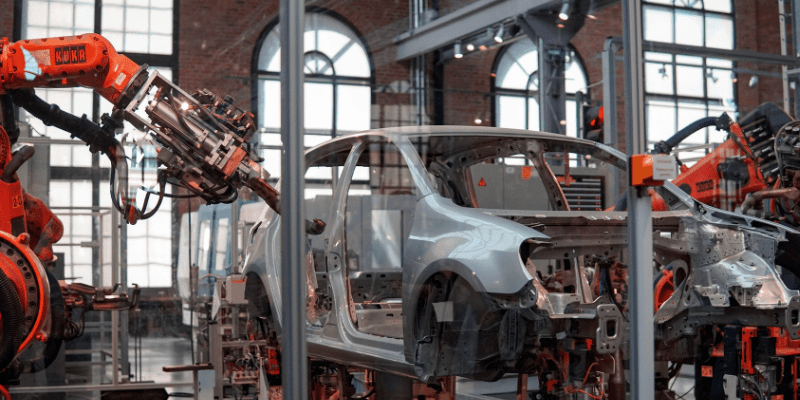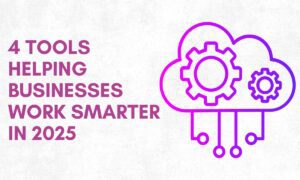The automotive industry has been undergoing a technological revolution in recent years, and the integration of electronics has played a pivotal role in shaping the future of automobiles. As we step into 2023, we find ourselves on the cusp of even more groundbreaking advancements. However, with these innovations come a new set of challenges that the automotive industry must overcome. In this article, we will delve into the top electronics challenges that the automotive industry faces in 2023.
Introduction
Increasing Demand for Electric Vehicles (EVs)
The transition to electric vehicles has been gaining momentum, driven by concerns over environmental sustainability and the need to reduce carbon emissions. While EVs hold great promise, they present several electronic challenges for the automotive industry. One major hurdle is the development of more efficient and powerful batteries, capable of providing longer driving ranges and faster charging times. Moreover, EVs require sophisticated electronic systems to manage power distribution, thermal management, and regenerative braking, adding complexity to the manufacturing process.
Autonomous Driving Technology
Autonomous driving technology is rapidly evolving, with many car manufacturers and tech companies investing heavily in self-driving vehicles. However, achieving full autonomy is no small feat. The automotive industry faces significant electronics challenges in developing sensors, artificial intelligence algorithms, and communication systems that ensure the safety and reliability of autonomous vehicles. Cybersecurity concerns also loom large, as autonomous cars become more connected and susceptible to hacking.
Vehicle-to-Everything (V2X) Communication
V2X communication allows vehicles to communicate with each other and with surrounding infrastructure, such as traffic lights and road signs. This technology is essential for enabling safe and efficient traffic flow, reducing accidents, and improving traffic management. However, the implementation of V2X systems requires standardized communication protocols and robust cybersecurity measures to protect against data breaches and ensure secure communication.
Electrification of Powertrains
Beyond EVs, the electrification of powertrains in traditional internal combustion engine (ICE) vehicles is another major electronics challenge. Hybrid systems and mild hybridization are becoming increasingly common, demanding advanced electronics to manage the seamless transition between electric and gasoline power sources. Ensuring the reliability and efficiency of these systems while meeting strict emissions regulations is a formidable task.
Over-the-Air (OTA) Updates
OTA updates have become a standard feature in modern vehicles, allowing manufacturers to remotely update software and firmware to enhance performance and fix vulnerabilities. While OTA updates offer convenience, they also introduce cybersecurity risks. Automakers must invest in robust security measures to protect against unauthorized access and potential breaches during the update process.
Sustainable Materials and Manufacturing
As environmental concerns grow, automakers are under pressure to adopt sustainable practices in their manufacturing processes. This includes using eco-friendly materials for electronic components, reducing energy consumption during production, and minimizing electronic waste. Finding sustainable solutions without compromising performance and cost-effectiveness is a significant challenge.
Supply Chain Disruptions
The electronics industry has been grappling with supply chain disruptions, including semiconductor shortages and geopolitical tensions affecting the availability of critical electronic components. These disruptions can delay production and increase costs for automotive manufacturers. Navigating these challenges and establishing more resilient supply chains is crucial for the automotive industry in 2023.
Electromagnetic Interference (EMI)
As vehicles become increasingly electrified and interconnected, mitigating electromagnetic interference becomes vital. EMI can disrupt the proper functioning of electronic systems, leading to safety and reliability issues. Developing effective shielding and filtering techniques to reduce EMI is a constant challenge, especially as the density of electronic components in vehicles continues to grow.
Consumer Expectations and User Experience
Consumers now expect vehicles to be equipped with advanced infotainment systems, connectivity features, and user-friendly interfaces. Meeting these expectations while ensuring the safety of drivers and passengers is a balancing act for automakers. They must provide seamless integration of smartphones, voice recognition, and other advanced electronics without compromising safety and reliability.
Conclusion
The automotive industry is at a crossroads in 2023, facing a multitude of electronics challenges as it strives to innovate and meet evolving consumer demands. From electric vehicles to autonomous driving and sustainable manufacturing, these challenges are complex but not insurmountable. With collaboration between automakers, technology companies, and regulatory bodies, the automotive industry can overcome these obstacles and continue to drive innovation in the years to come. As we progress further into the digital age, it’s clear that electronics will remain at the heart of the automotive industry’s future.



































